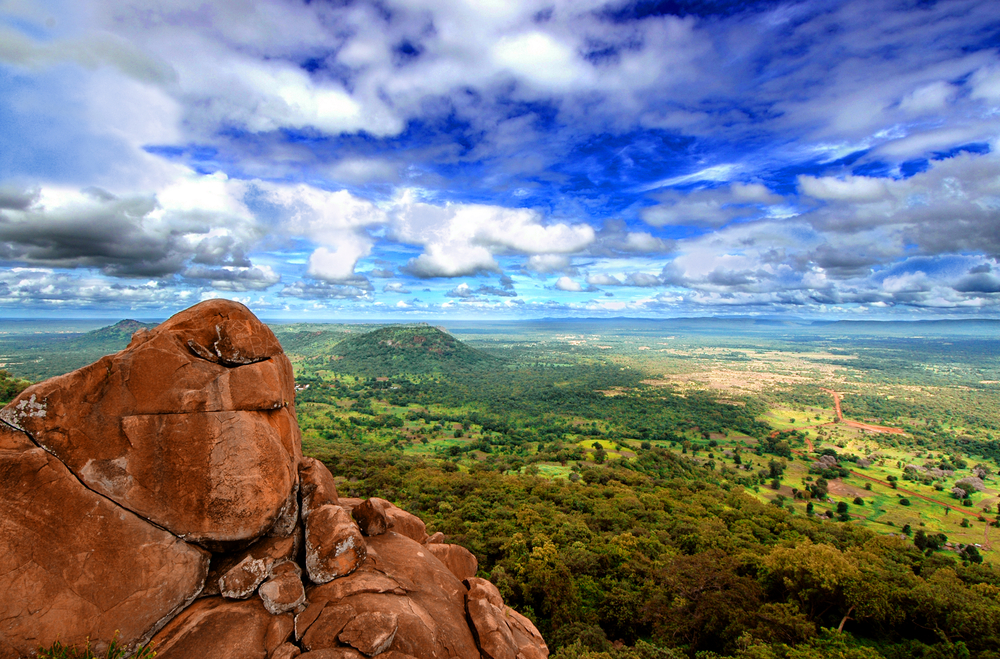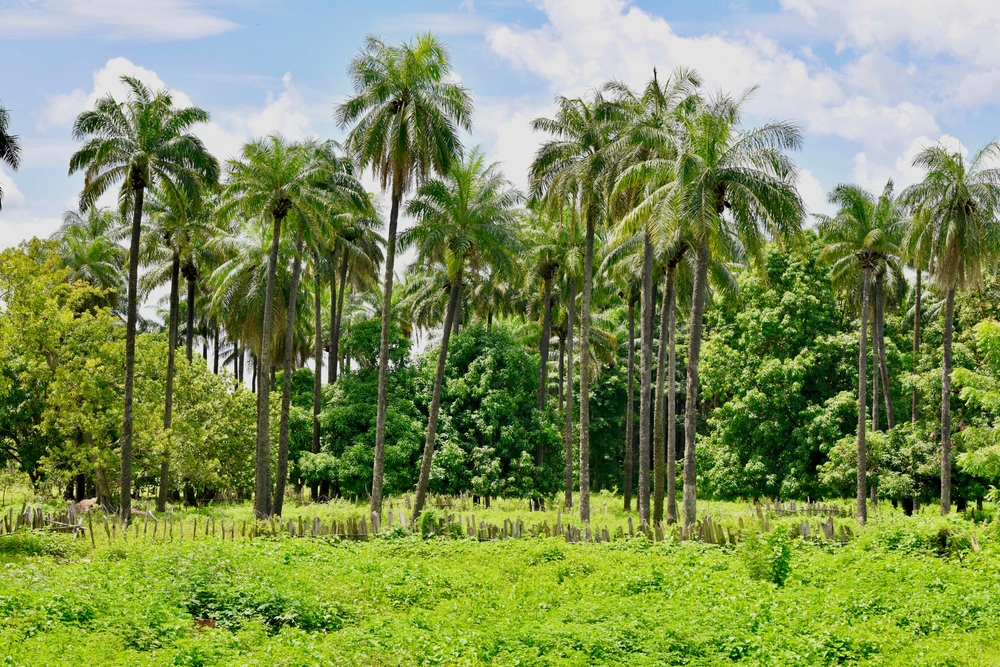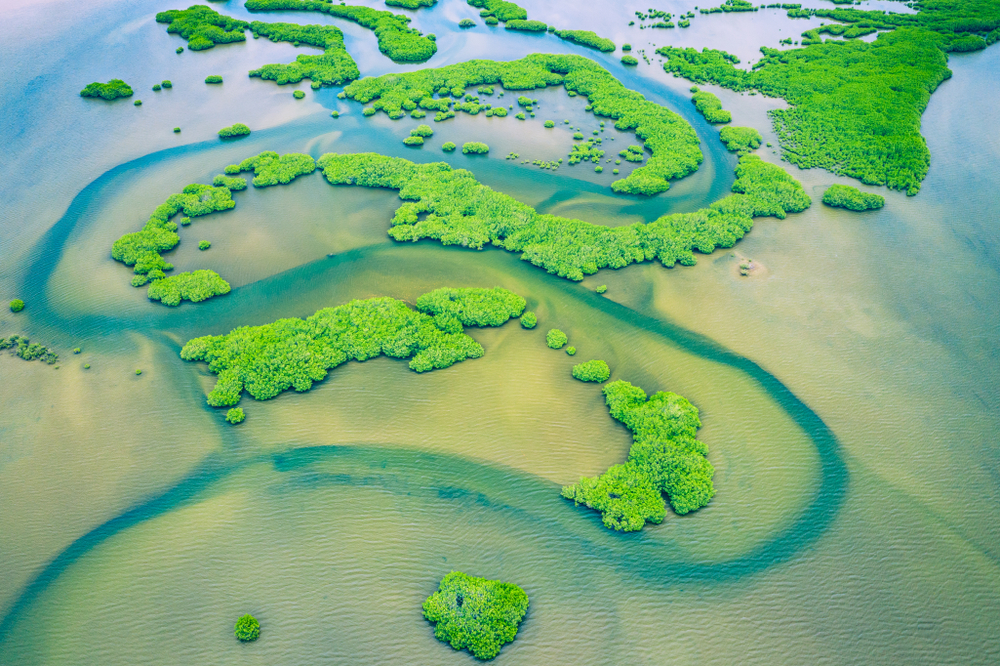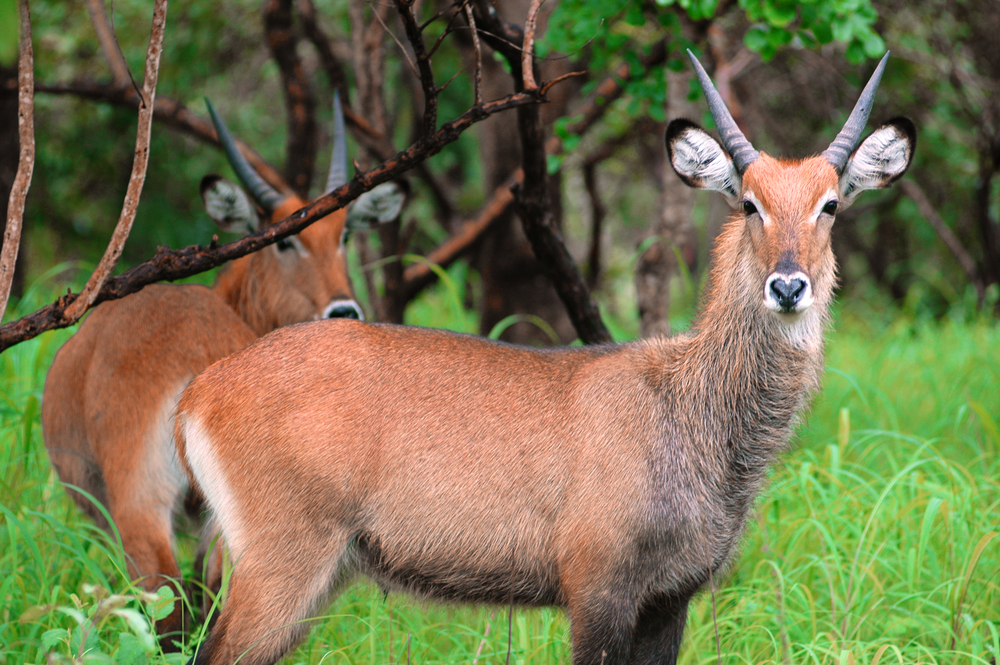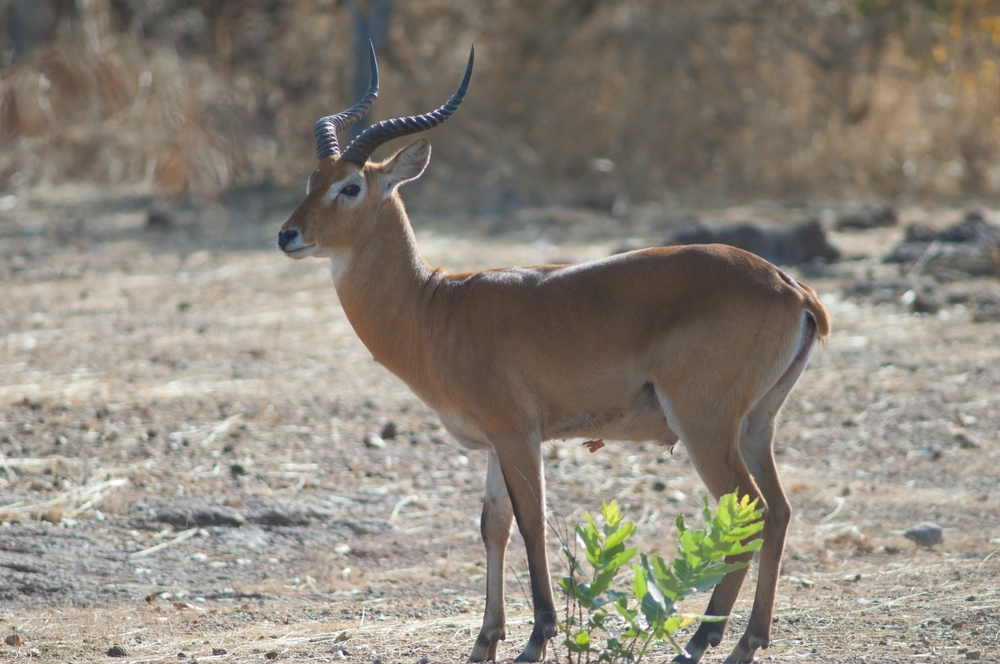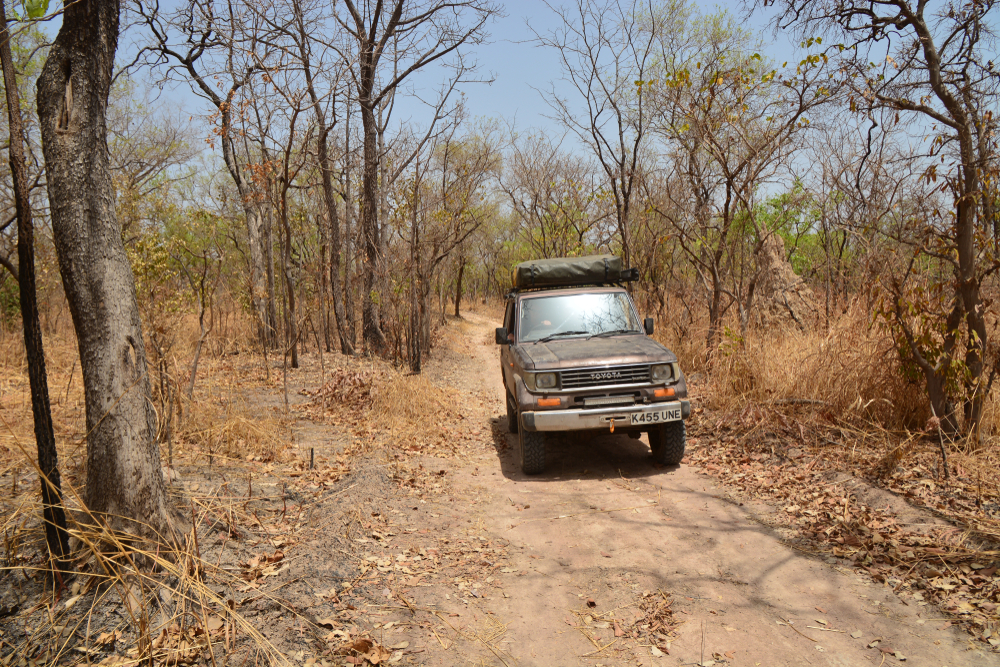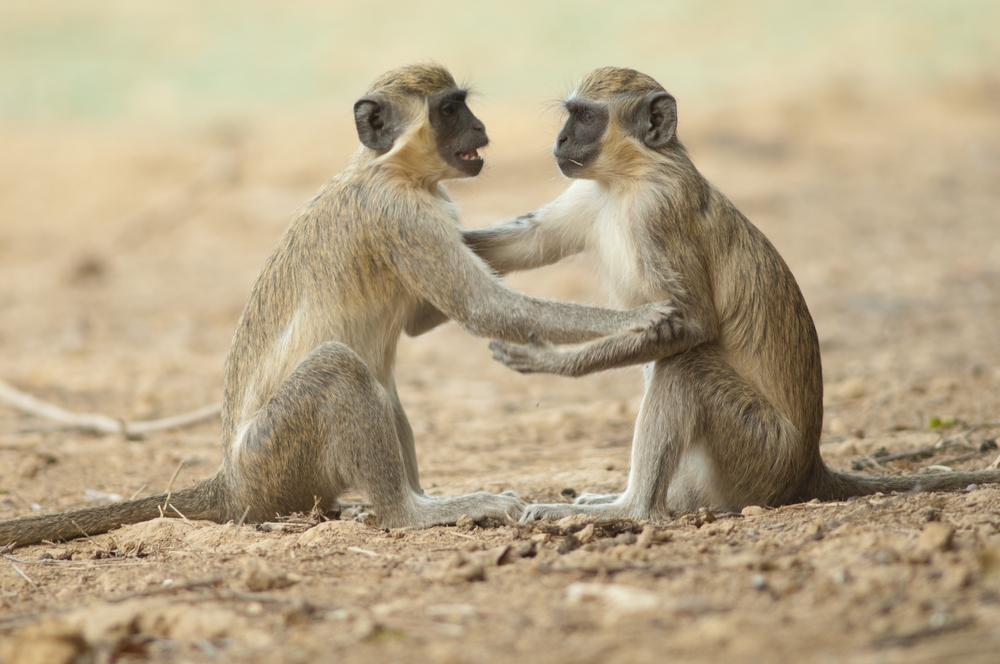Niokolo Koba Overview
Niokolo Koba National Park is located in southeastern Senegal, near the border with Guinea, and is one of West Africa’s most important protected areas. Established in 1954 and designated a UNESCO World Heritage Site in 1981, the park covers an area of approximately 3,513 square miles (9,130 square kilometers), making it the largest national park in Senegal. It lies within the Sudano-Guinean savannah zone, along the Gambia River, which flows through the heart of the park.
The landscape of Niokolo Koba is incredibly diverse, featuring a variety of ecosystems, including savannahs, forests, wetlands, and rocky hills. The Gambia River and its tributaries create floodplains, gallery forests, and marshes that support a wide range of flora and fauna. These aquatic habitats are essential for the park’s wildlife, providing water and shelter during the dry season.
The vegetation in Niokolo Koba consists of a mix of open savannah grasslands, woodlands, and dense forests, particularly along the riverbanks. The park is home to several tree species, including baobabs, acacias, and mahogany trees, as well as numerous grasses and shrubs that thrive in the park’s varying climates. This range of vegetation provides critical habitat for a large number of herbivores and their predators.
Niokolo Koba is known for its rich biodiversity, supporting over 80 species of mammals, including lions, leopards, elephants, buffaloes, and hippopotamuses. The park is also a refuge for endangered species such as the West African chimpanzee and the giant eland. Birdlife is abundant, with more than 300 species, including vultures, eagles, and storks.
The combination of savannah, forest, and wetlands makes Niokolo Koba a vital conservation area and an important destination for wildlife enthusiasts exploring Senegal’s natural heritage
Park Map
Niokolo Koba National Park Highlights
Engaging Niokolo Koba
Related National Parks More Senegal
Sources
- Africa World Heritage Sites, Niokolo Koba, https://www.africanworldheritagesites.org/natural-places/woodlands/niokolo-koba-senegal.html, retrieved August 2024.
- Britannica, Niokolog Koba National Park, https://www.britannica.com/place/Niokolo-Koba-National-Park, retrieved August 2024.
- Panthera, The Massive Effort to Save Niokolo Koba's Wildlife, https://panthera.org/blog-post/covering-catscape-cameras-massive-effort-survey-niokolo-kobas-wildlife, retrieved August 2024.
- UNEP, Niokolo Koba National Park, http://world-heritage-datasheets.unep-wcmc.org/datasheet/output/site/niokolo-koba-national-park/, retrieved August 2024.
- UNESCO, Niokolo Koba, https://whc.unesco.org/en/list/153/, retrieved August 2024.








































































